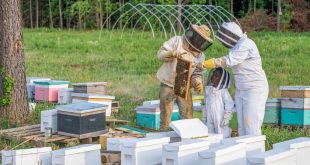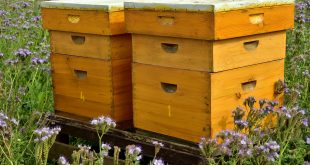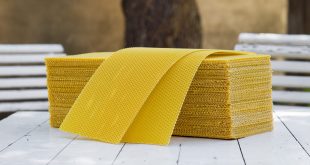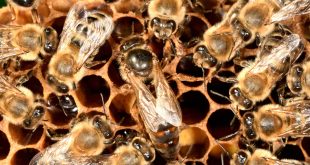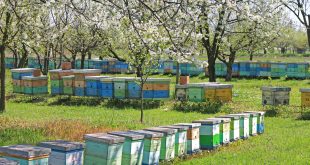Dive into the essential practice of record-keeping in beekeeping with our insightful article. It highlights the benefits of meticulous record-keeping and introduces a helpful app that makes this task easier and more efficient. Ideal for both novice and experienced beekeepers, this guide emphasizes how tracking hive health, productivity, and maintenance activities can significantly improve your beekeeping success.
Read More »Beehive Split – How to Split a Hive
Learn the art of hive splitting in DIY beekeeping! This comprehensive guide walks you through the steps to successfully divide a beehive, ensuring the health and growth of your honeybee colonies. Whether you're a beginner or an experienced beekeeper, this article provides clear instructions, tips, and insights into hive management. Discover how to prevent swarming, increase your bee population, and promote a thriving apiary.
Read More »Beekeeping Basics – Foundation vs Foundationless Beekeeping
Explore the differences between foundation and foundationless beekeeping methods. This informative article delves into the pros and cons of each approach, helping beekeepers make an informed choice for their hives. Whether you prefer established foundations or embrace the natural comb-building process, this article provides valuable insights to enhance your beekeeping journey.
Read More »What is the Honeybee Queen Mating Flight?
Dive into the intriguing world of the honeybee queen's mating flight with our article. This vital event in a bee colony's life cycle involves the queen venturing out to mate with drones, ensuring the colony's future generations. Our piece sheds light on the process, significance, and fascinating aspects of the queen bee's mating flight. A must-read for bee enthusiasts and anyone curious about the complex behaviors of these essential pollinators.
Read More »How Profitable Is Beekeeping?
Discover the potential of beekeeping as a profitable venture with our insightful article. Whether you're a hobbyist or looking to start a business, learn about the various factors that contribute to the profitability of beekeeping. From honey production to pollination services, our article covers key aspects that can turn your passion for beekeeping into a lucrative endeavor.
Read More » BeeKeepClub Resources and Guides for Beekeepers
BeeKeepClub Resources and Guides for Beekeepers
